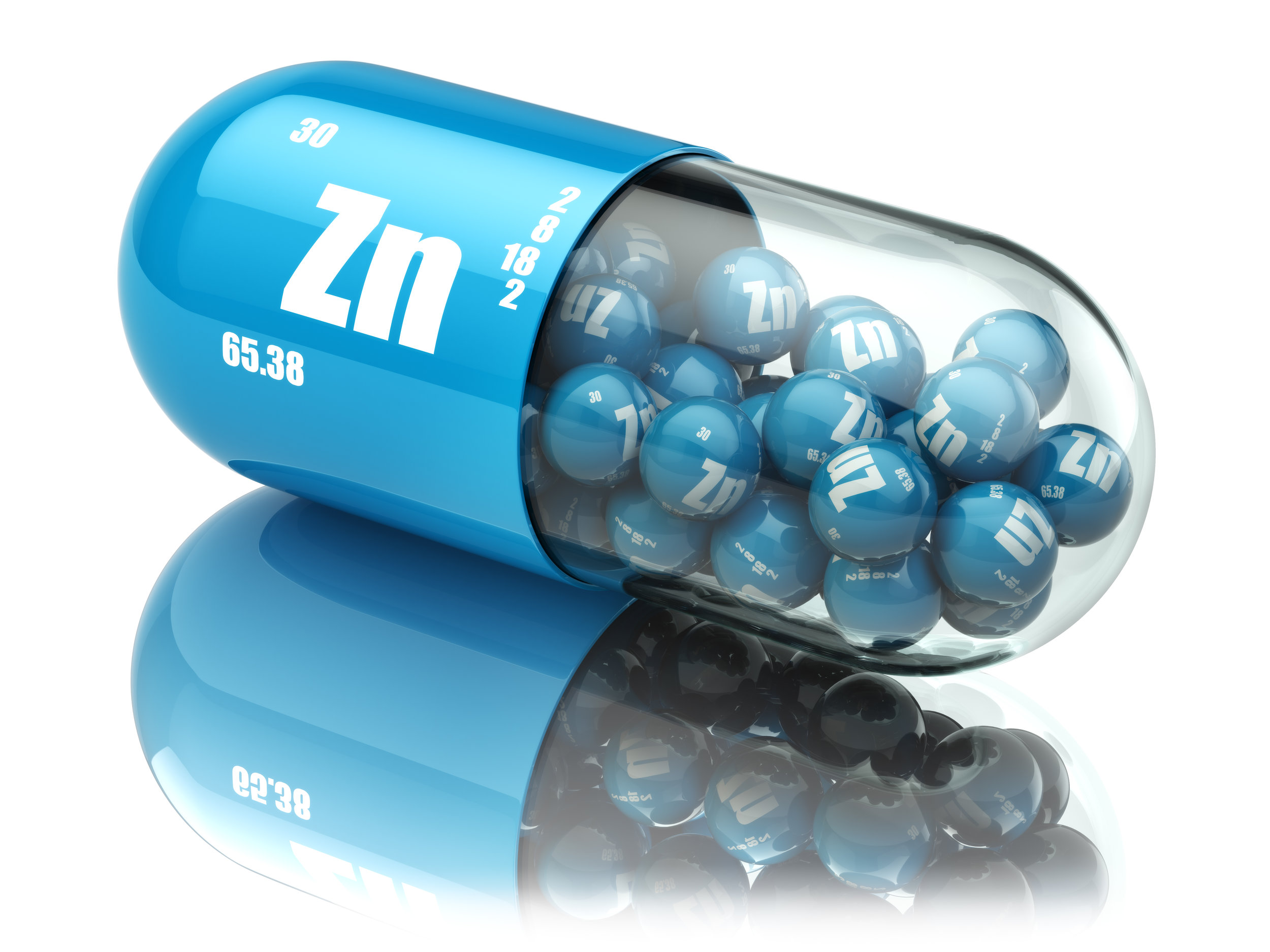Does nutrition factor in injury, repair and recovery?
Published in North American Trainer, Winter 2017.
Lost training days through injury or infection are problematic for trainers, both practically and commercially. It is a stark fact that 50% of Thoroughbred foals, bred to race, may never reach the racecourse. In young Thoroughbreds, musculoskeletal problems have been cited as the most common reason for failure to race, and this appears to continue to be a major issue for horses in training.
An early study carried out in 1985 in the United Kingdom reported that lameness was the single biggest contributor to lost days of training, and subsequent research 20 years later found that this was still the case, with stress fractures, which involve normal bone being exposed to abnormal stress, being cited as a significant underlying cause. Perhaps not surprisingly, two-year-olds were more susceptible to injury than three-year-olds.
While there are of course many other reasons – including muscular issues such as tying up, respiratory problems, and viral infection – why horses may fail to train, in this survey medical issues accounted for only 5% of the total training days lost.
Balance between damage and repair processes are imperative
There are many factors that affect the chance of injury in Thoroughbreds in training, including genetic predisposition, conformation, and training surface. Style and type of training, in terms of frequency and intensity and how this is balanced through recovery protocols, is also likely to be a significant factor in the incidence of injury. The nature of training means that a balance between damage and repair processes are imperative. Physiological systems need to be put under stress to trigger a suitable training response, which inevitably involves a degree of micro-damage.
To read more of this article - subscribe now!
No foot, no horse
FIRST PUBLISHED IN NORTH AMERICAN TRAINER AUGUST - OCTOBER 2017 ISSUE 45
Click here to order this back issue!
PHOTO GALLERY
The expression ‘no foot no horse’ is one that has stood the test of time, and discussions about hoof shape, horn quality, and foot conformation continue to dominate in the Thoroughbred racing and breeding industry.
Thoroughbreds in particular have a reputation, perhaps undeserved, for poor foot conformation but can frequently experience problems relating to either hoof horn quality or growth rate during their training careers. An inability to retain shoes, the appearance of hoof cracks, thin soles, white line disease, and brittle or crumbly feet are all practical issues related to horn quality that trainers may experience in some horses.
While it is easy to perhaps appreciate familial traits in foot conformation and hoof shape, experts also suggest that hoof horn quality is also influenced by genetic factors as well as nutrition, environment, and farriery. Stable cleanliness is also very important, with studies showing that equine feces have a very detrimental effect on hoof horn integrity, especially where the structure of the horn is not robust.
The focus of this article is the influence of diet on the hoof and how this relates to a typical racing ration. Hooves contain a large amount of protein, roughly 90% on a dry matter basis, and the most abundant structural protein present is keratin, which contains approximately 18 different amino acids. These chains of amino acids give keratin its primary structure, and the orientation and interconnection of these chains then gives a specialized secondary structure that relates to location and its function.
The hoof tissues are complex and show a high level of differentiation to deliver functionality. For example, keratin in the hoof capsule is rich in disulphide bonds (double sulphur bonds) that bridge two cysteine amino acids to form cystine to deliver hardness and strength, whereas the keratin found in the frog and white line region have less of these disulphide bonds (S=S) and more sulfhydryl bonds (S=H), affording less strength but more flexibility.
Methionine is a dietary essential sulphur containing amino acid, i.e. it cannot be synthesized from other amino acids in the body. Methionine can be converted to cysteine, which is integral to the form and function of keratin, and is a limiting amino acid in the equine diet, together with lysine and threonine.
Succulents and treats for the horses - secret weapons or folklore?
Training racehorses could be described as being the epitome of art and science coming together. Whilst the latest research and recommendations are important where racehorse nutrition is concerned, there has always been a strong belief in tradition and folklore in the racing community.








